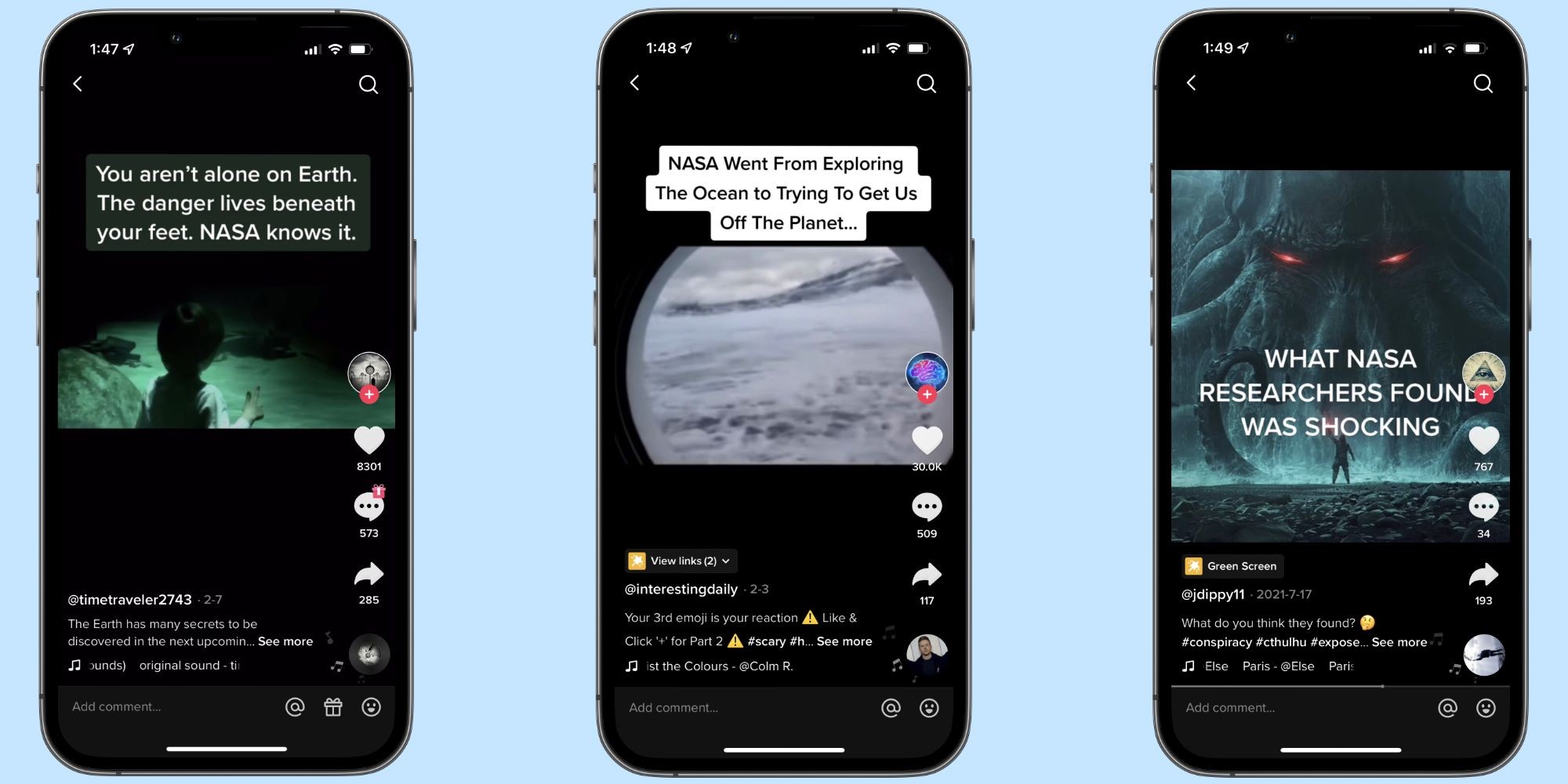Searching online for information about NASA often leads to a curious question: “Why Did Nasa Stop Exploring The Ocean?” This question, while intriguing, is based on a fundamental misunderstanding of NASA’s purpose and history. Earth’s oceans are undeniably captivating, holding vast unexplored depths and mysteries. In fact, over 80% of our oceans remain unmapped and unseen due to the extreme challenges of deep-sea exploration – immense pressure, lack of sunlight, and sheer depth. This mystery naturally sparks imagination, leading to various theories, including the notion that NASA was once deeply involved in ocean exploration and abruptly ceased its underwater missions.
However, the idea that NASA ever explored the ocean and then stopped is simply not true. NASA was established in 1958 as a direct response to the Soviet Union’s launch of Sputnik I. From its inception, NASA’s primary goal has been the exploration of outer space. While NASA collaborates with organizations like the National Oceanic and Atmospheric Administration (NOAA) on projects like weather satellites, its core mission has always been focused on the cosmos, not the ocean depths.
The TikTok Trend Fueling the NASA Ocean Myth
The resurgence of the question “Why did NASA stop exploring the ocean?” can be largely attributed to viral content on TikTok. In March 2021, a TikTok account named memes_to_click posted a video falsely claiming, “NASA’s original mission was searching the oceans.” This video quickly veered into conspiracy territory, suggesting, “They [NASA] will not tell us what they found, but their plans abruptly switched to getting us off this planet ASAP.”
This initial video was not an isolated case. Numerous other TikTok videos have amplified the narrative of NASA’s supposed ocean exploration. One TikTok account, timetraveler2743, asserted, “You aren’t alone on Earth. The danger lies beneath your feet. NASA knows it,” implying a hidden, perhaps sinister, reason for NASA’s supposed shift away from ocean exploration. Another video by jdippy11 claimed NASA investigated missing boats in the 1980s, discovered a “massive unknown species,” and subsequently abandoned ocean exploration. These captivating but unfounded stories spread rapidly across social media platforms, contributing to the misconception about NASA’s past activities.
NASA’s Space-Bound History: Focusing on the Stars, Not the Seas
These TikTok narratives, while engaging, are purely fictional. NASA’s history is well-documented and publicly accessible. At no point in its established history was NASA ever tasked with or involved in leading ocean exploration efforts. NASA’s official website clearly states its purpose: “NASA is a U.S. government agency that is responsible for science and technology related to air and space. The Space Age started in 1957 with the launch of the Soviet satellite Sputnik.” This mission statement unequivocally emphasizes NASA’s focus on aeronautics and space exploration, with no mention of oceanographic research as a primary objective.
The popularity of the NASA ocean exploration myth highlights how easily misinformation can spread online, particularly on platforms like TikTok. Sensational conspiracy theories, even when baseless, can gain traction simply by being attention-grabbing. A narrative about a government agency abruptly halting ocean exploration after discovering something shocking is inherently more captivating than the straightforward truth of NASA’s space-focused origins. The virality of these videos underscores the importance of critical evaluation of online content and verifying information from reputable sources.
Observing the Ocean from Above: NASA’s Satellite Oceanography
While NASA has never directly explored the Earth’s oceans in the way it explores space, it does play a significant role in ocean observation through its Earth science program. In 1978, NASA launched Seasat, a pioneering civilian oceanographic satellite. Seasat was equipped with an array of sensors designed to monitor Earth’s oceans from space. It could measure crucial oceanographic data, including sea surface height, wind speed and direction, and sea surface temperature. Seasat also had the capability to identify cloud formations, land features, water bodies, and monitor polar sea ice conditions. Although its operational life was unfortunately cut short by a power failure after just 105 days, Seasat demonstrated the immense potential of satellite-based ocean monitoring.
In the same year as Seasat, NASA also launched the Tiros-N satellite. Tiros-N was equipped with the Advanced Very High Resolution Radiometer (AVHRR) sensor, which enabled the creation of the first useful maps of sea surface temperature. Furthermore, Tiros-N provided the first maps of chlorophyll concentration and primary productivity in the ocean, offering valuable insights into ocean health and biological activity. Since these early missions, NASA has continued to launch and support numerous satellite missions dedicated to observing the ocean. The data gathered from these satellites is crucial for studying the ocean’s influence on weather patterns, climate change, and global environmental processes. Therefore, while NASA doesn’t explore the ocean directly, it actively monitors and studies it from space, contributing significantly to our understanding of this vital part of our planet.
In conclusion, the idea that NASA stopped exploring the ocean is a popular myth, fueled by viral social media content, particularly on TikTok. The reality is that NASA was never created for ocean exploration; its mission has always been centered on space and aeronautics. While NASA does monitor the oceans extensively through satellites, this is from a space-based perspective, not through direct underwater exploration. It’s essential to be discerning about information encountered online and to rely on credible sources, like NASA’s own website, for accurate facts about its history and activities.
